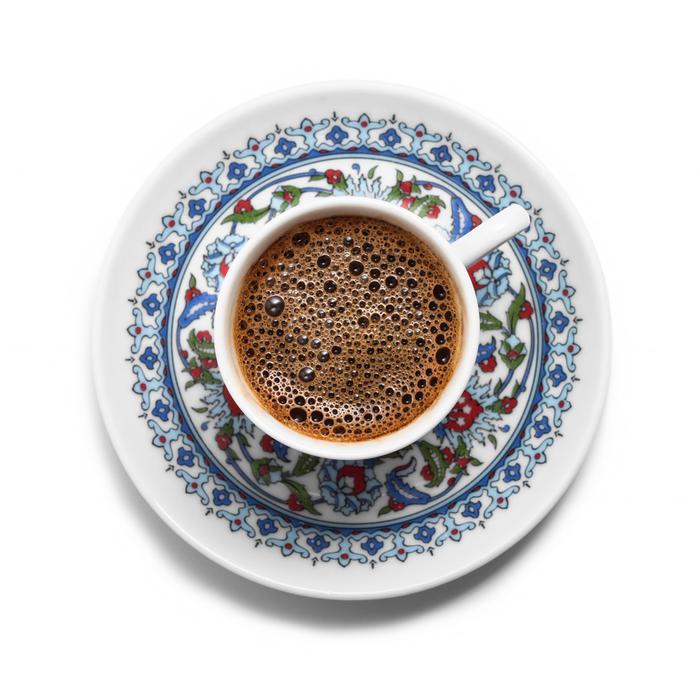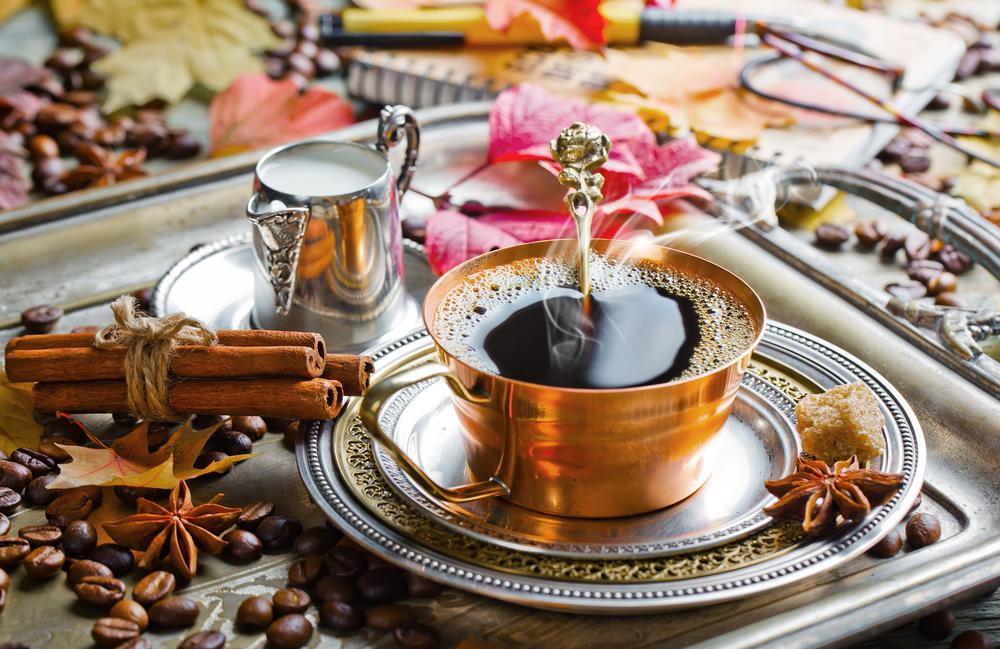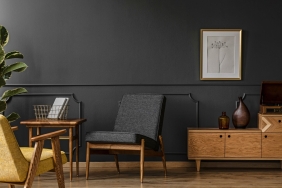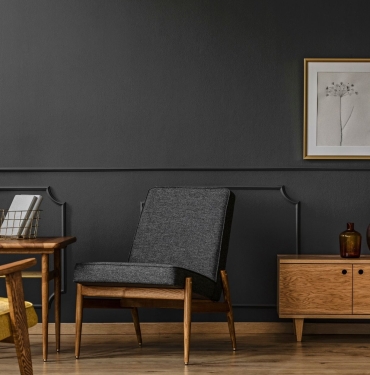The introduction of coffee into the Ottoman lands by Yemen Governor Özdemir Pasha in 1517 and its inclusion in the palace is the beginning of coffee being accepted as a cultural and historical heritage.
Previously, it was served to sultans and guests in the palace. Kivahan in Tahtakale, Istanbul, as the first coffeehouse opened in the world in 1554, began to influence social life. During that period, coffeehouses, which spread in a short time and numbered in the hundreds, created their own subtypes and became places for people to socialize. Afterwards, this tradition continued inside the houses.
Reaching readers with its first issue Breakfast Coffee According to the article in the magazine, coffee became popular in a very short time with its arrival in the Ottoman Empire during the reign of Suleiman the Magnificent. The presentation made to the sultan by three people involved certain rituals. The coffee presentation was a ceremony in itself, with its coffee, water, styles, cups and jugs. In those days, coffee was sweetened with jam and Turkish delight and served plain. Beforehand, the mouth would be cleaned with water, then coffee would be sweetened with sweets and the highest level aromas would be enjoyed. The coffee we drank came from Yemen, so the saying "Coffee comes from Yemen" dates back to those times. Before appearing before the sultan, the guests were served Turkish delight and coffee from a plate called "Gülbahar Sahan" in a separate reception room.
Hürrem Sultan was a coffee lover. His daughter-in-law Nurbanu Sultan was one of the historical characters who played a major role in the spread of coffee to Europe. Originally from Venice, her real name is Cecillia Venier-Baffo, who attracted Hürrem Sultan's attention and took her to the palace and married her son II. An important name who is Selim's wife. In addition to its beauty, it played a role in the transfer of coffee to Venice by making an agreement with the Venetian merchants, who were at the forefront of Istanbul trade at that time.
The effects of coffee on Ottoman-Turkish culture continued with the opening of coffeehouses. Subtypes of coffeehouses such as neighborhood coffeehouses, semai coffeehouses, tulumbacı coffeehouses, tradesmen's coffeehouses, Janissary coffeehouses began to form according to the rank and status of the people among the people... All of them had their own unwritten rituals and rules.

While coffee has created a cultural structure that cannot be described enough, it has also included words derived from coffee, which are not found in any other language in the world, into our daily lives. While breakfast is a meal name derived from the word "under coffee", it has taken its place in our lives as the color brown.
Coffee continues to be an important part of life with its values that are still kept alive in the footsteps of Ottoman and Turkish culture, for 40 years. "Tired coffee" when work is done, "joy coffee" with happy moments, always an excuse for long conversations. Whether we believe it or not, the shapes that are tried to be interpreted in the cups that are turned upside down are always in our lives with the "coffee fortune telling" tradition that has been going on for generations. It is a unique drink, included in UNESCO's Cultural Heritage List, with its own production technique.
Coffee culture in the world
Coffee's passage to Venice went through two directions. The first was from the Ottoman channel. The second arm came from Austria with the 2nd Siege of Vienna. The Ottoman army, which returned unsuccessfully from the siege, left the sacks of coffee it brought with it, along with some foodstuffs, in the siege area in order not to carry it back. Just as it was about to be burned and destroyed, it was taken with permission by Kolschitzky, an Austrian of Polish origin who was a spy within the Ottoman Empire, and coffee began to be roasted and drunk in European lands.
This delicious drink soon managed to attract other European countries such as France and Italy. Especially Austria has been one step ahead in this regard and has claimed this heritage. The coffee culture that has survived since then is included in UNESCO's Cultural Heritage List as "Das Kaffeehaus".
While it initially appealed to an audience dominated by artists, especially in Europe, it gradually spread among the public as well. Compositions were composed by famous musicians in the name of coffee. Writers like Balzac, who drank 30 cups of coffee a day, placed coffee at the forefront in many of their works and discourses. Almost every country in Europe tried to create a coffee culture within itself. They did this by creating their own types of coffee, and even tried to customize the same coffee by giving it unique names within their own culture. For example, while the Austrians call Italian espresso "schwarzer", "cafe au'lait" is preferred in France instead of cappuccino. Local coffee types made with small touches also appear as a part of the culture. Macchiato made with a little milk foam, Spanish "cafe con miel" flavored with a little cinnamon and vanilla-style spices, lagrima, a different version of latte...
How is coffee drunk in Europe?
Differences in taste between countries also play an important role in the diversification of coffees. Italians like to start the day with a strong coffee. He generally prefers espresso and ristretto style single-shot coffees, which are drunk quickly, full and full-bodied. As we move from the north to the south of Italy, espresso types with more woody flavors and the harsh robusta variety in the blends begin to gain prominence. Americano measurements are also a little shorter than normal and are prepared with a mixture of hot water and espresso. “Espresso romano”, which is an espresso option combined with a small piece of lemon peel, also has an important place in Italian coffee culture.
It is possible to say that dairy products are consumed more in countries such as Austria, France and the Netherlands. Especially in the Netherlands, the amount of coffee is lower compared to the amount of milk. Among the coffee preferences that vary according to the tastes of countries, one of the most striking types is "kaffeost". This coffee, unique to Sweden, is drunk with a piece of cheese unique to the country. "Pharisaer", one of the most famous coffees in Germany, is a local coffee made with rum and belongs to the class of alcoholic coffees. Its consumption is quite common.
In Turkey, sweet Turkish coffee, which is stronger and fuller than espresso, comes first. It is the only type of coffee that is cooked with its grounds inside and continues to brew even while drinking. Although there have recently been aromatic variations combined with coffee, such as mastic and cardamom, strong Turkish coffee has been a part of our culture for generations. It continues to maintain its place today.
American continent and coffee
Although it seems like a society that was introduced to coffee later, around the 19th century, coffee quickly became embedded in social life in America. Preferred coffees generally have a softer, somewhat water-diluted flavor range.
It shouldn't be difficult to say that you have a filter coffee-based habit. But you can also see the opposite, and their unique coffee type, "red eye" or "lazy eye", has also been added to the literature. By adding 120 ml of decaffeinated brewed coffee to a double shot of espresso, an intense flavor emerges, hence the name.
Locations that guided trade such as the Spice and Silk Road in the past are being replaced by an invisible coffee route that starts from Ethiopia and spreads around the world. The fact that coffee is the largest commercial product after oil today is the biggest proof of this.






















